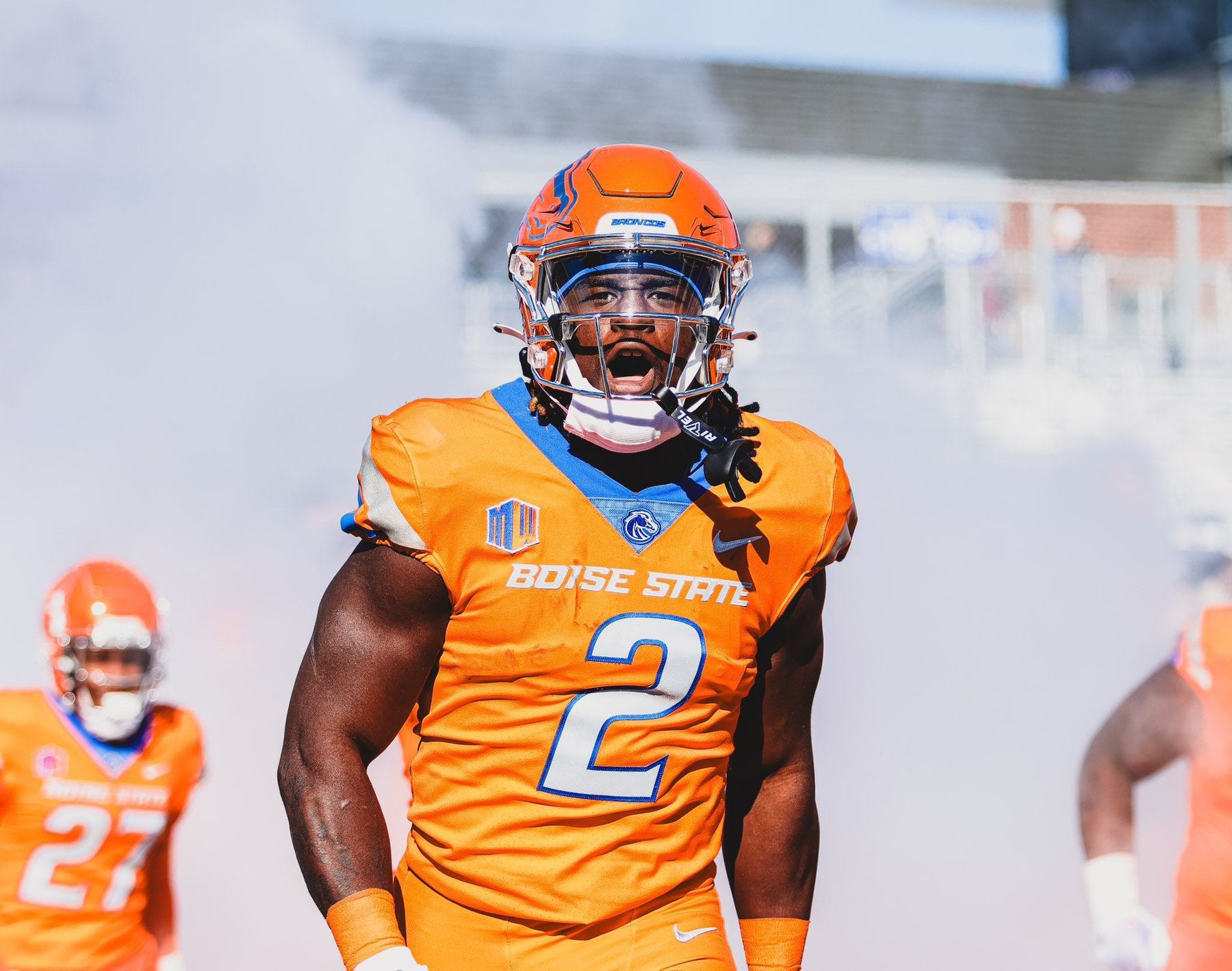The Hells Angels: Facts, Figures, And Controversies

Table of Contents
A History of the Hells Angels: From Post-War Beginnings to Global Presence
The Hells Angels' history is intrinsically linked to post-World War II America. Founded in 1948 in Fontana, California, the club initially consisted of former servicemen seeking camaraderie and a sense of belonging in a rapidly changing world. Their early activities revolved around motorcycle riding and a burgeoning biker culture, but this soon evolved into something far more complex. The Hells Angels' history is marked by significant expansion, with chapters sprouting up across the United States and eventually spreading internationally. This global reach is a testament to their enduring – if controversial – appeal.
- Founding date and location: 1948, Fontana, California.
- Early membership and activities: Primarily ex-servicemen; motorcycle riding, bar fights, and early instances of criminal activity.
- Key events in their growth and territorial expansion: The 1960s saw significant growth and increased media attention, fueled by both their counter-cultural image and their involvement in criminal activities. Their expansion continued across the US and into other countries.
- The development of their distinctive symbols and imagery: The iconic "Death Head" logo, along with other distinctive symbols and patches, became key identifiers and integral to their brand.
The Hells Angels' Structure and Organization: A Hierarchical System
The Hells Angels are far from a disorganized group. Their structure is remarkably hierarchical, with a clear chain of command ensuring efficient operations, whether legitimate or otherwise. The organization is based around chapters, each with its own president, vice president, sergeant-at-arms, and other officers. These chapters operate with a degree of autonomy, yet remain firmly connected to the overall organization, adhering to a complex set of bylaws and rules. Membership is strictly controlled, with a rigorous initiation process that reinforces loyalty and obedience.
- Explanation of the club's different ranks and responsibilities: Roles are clearly defined, from the chapter president who holds ultimate authority to members with more specific tasks.
- How chapters operate autonomously yet remain connected to the overall organization: This balance of independence and control is crucial to their success and ability to operate across vast geographical areas.
- Discussion of the club's initiation rituals and membership requirements: These are shrouded in secrecy, but are known to be demanding, designed to test loyalty and commitment.
Hells Angels and the Law: Criminal Activities and Legal Battles
The Hells Angels' history is inextricably linked to criminal activity. Allegations of drug trafficking, violence, racketeering, and other serious offenses have dogged the club for decades, leading to numerous high-profile legal battles and convictions. Law enforcement agencies worldwide have consistently targeted the Hells Angels, facing challenges in dismantling their intricate organizational structure and proving criminal intent. This ongoing tension between their carefully cultivated image and their legal history makes them a subject of continuous scrutiny and investigation.
- Examples of high-profile criminal cases involving Hells Angels members: Numerous cases have involved drug smuggling, violence, and extortion, highlighting the club's long history of confrontation with the law.
- Discussion of the legal strategies employed by the club and law enforcement: Both sides use sophisticated legal tactics to navigate complex legal systems and protect their interests.
- Analysis of the impact of these legal battles on the club's operations and reputation: While convictions have damaged their image, the Hells Angels have consistently demonstrated resilience and capacity for adaptation.
The Hells Angels' Culture and Image: Myths, Reality, and Media Portrayals
The Hells Angels have cultivated a powerful image, carefully leveraging their symbolism and media portrayals to shape public perception. This image, often romanticized in popular culture, portrays a rebellious spirit, a rejection of mainstream society, and a strong sense of brotherhood. However, reality is far more complex, with the idealized biker lifestyle masking a darker side involving criminal activities and violence. The media plays a significant role in shaping this duality, balancing romanticized images with exposure of the club's more sinister aspects.
- The significance of their iconic logo and other symbols: The Death Head, and other club insignia, are powerful symbols of rebellion and defiance.
- Analysis of how the media has shaped public perception of the club: From sensationalized news reports to fictional portrayals, media coverage has fueled both fascination and fear.
- The appeal of the Hells Angels lifestyle and its attraction to new members: The promise of brotherhood, camaraderie, and rebellion continues to draw individuals to the club, despite its controversial reputation.
Conclusion
The Hells Angels Motorcycle Club presents a complex and contradictory picture. Their history is a blend of post-war camaraderie, counter-cultural rebellion, and organized crime. Their structure is sophisticated, their image carefully crafted, and their legal battles ongoing. Understanding the Hells Angels requires acknowledging this blend of brotherhood and criminal activity, the carefully cultivated image, and the realities of their often violent history. To delve deeper into this fascinating and controversial topic, explore further research on outlaw motorcycle gangs, examining alternative perspectives and investigating their impact on society. Consider exploring resources dedicated to "Understanding the Hells Angels," "Hells Angels: A Deeper Dive," or "Exploring the Hells Angels' Legacy" to gain a more complete understanding.

Featured Posts
-
 Find The Freshest Shrimp 5 Hudson Valley Choices
May 26, 2025
Find The Freshest Shrimp 5 Hudson Valley Choices
May 26, 2025 -
 Collectors Item Michael Schumachers Benetton Formula 1 Show Car Up For Auction
May 26, 2025
Collectors Item Michael Schumachers Benetton Formula 1 Show Car Up For Auction
May 26, 2025 -
 Florentino Perez Y El Real Madrid Un Analisis De Su Presidencia
May 26, 2025
Florentino Perez Y El Real Madrid Un Analisis De Su Presidencia
May 26, 2025 -
 Met Gala 2025 Naomi Campbells Alleged Ban And The Wintour Fallout
May 26, 2025
Met Gala 2025 Naomi Campbells Alleged Ban And The Wintour Fallout
May 26, 2025 -
 Le Parcours Exceptionnel De Melanie Thierry
May 26, 2025
Le Parcours Exceptionnel De Melanie Thierry
May 26, 2025
